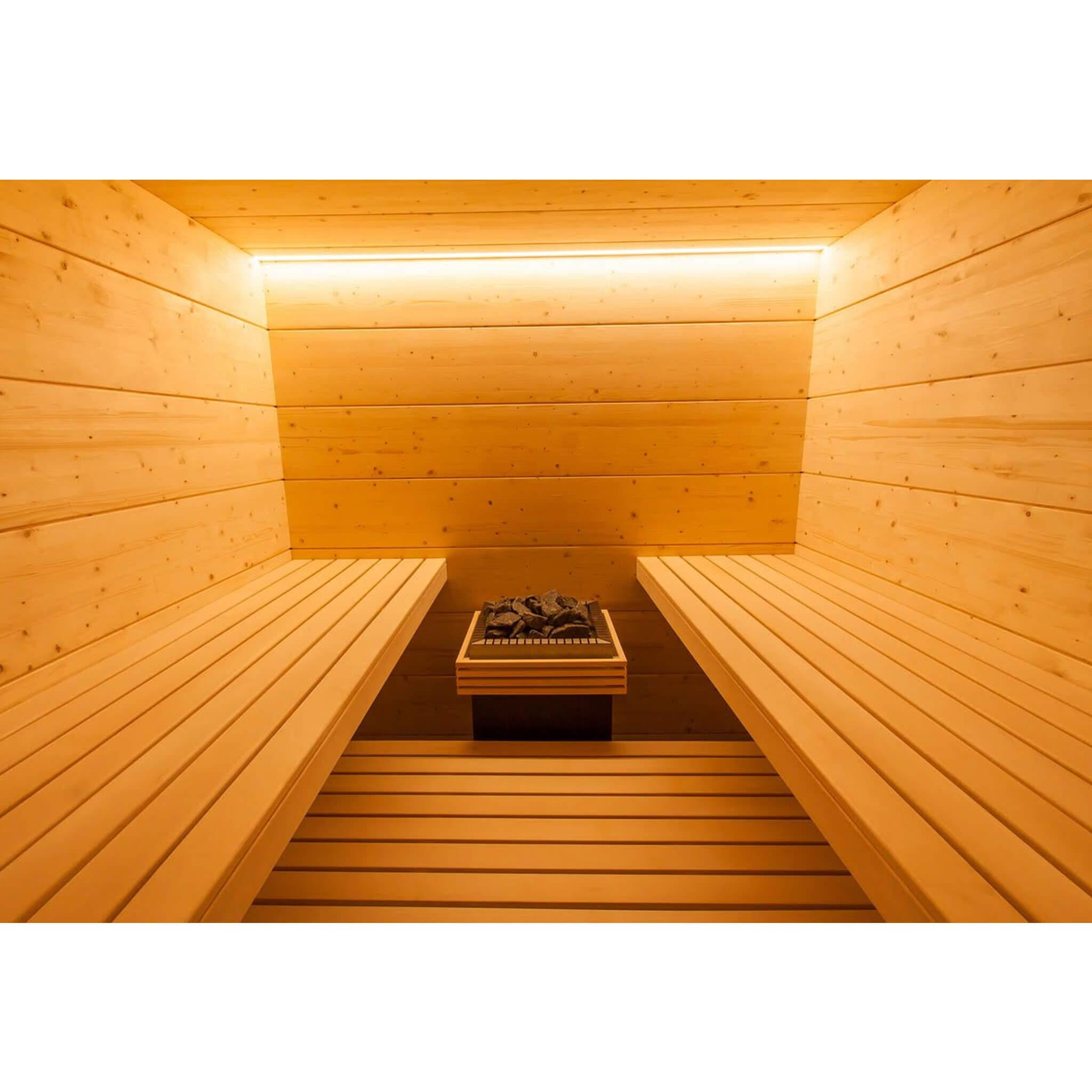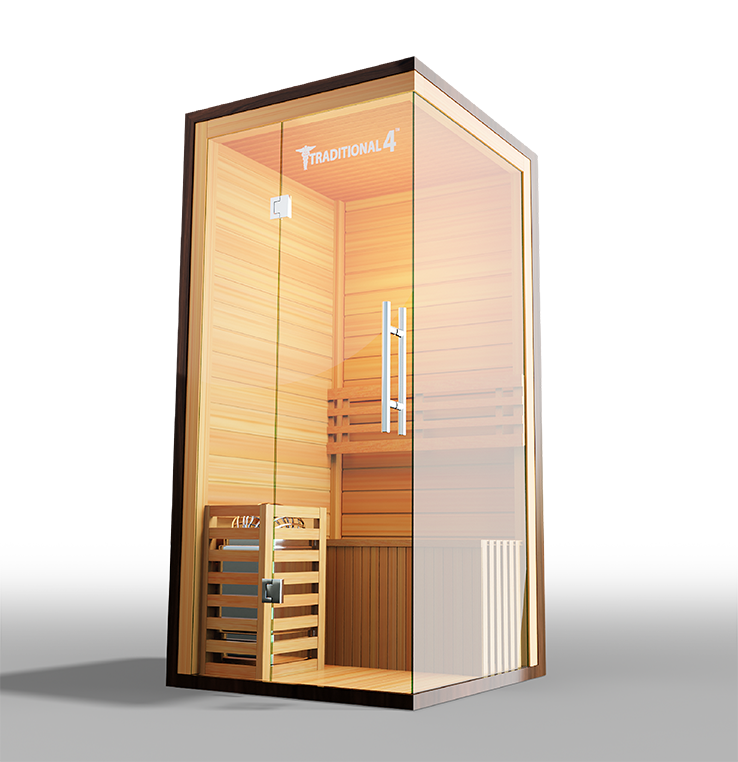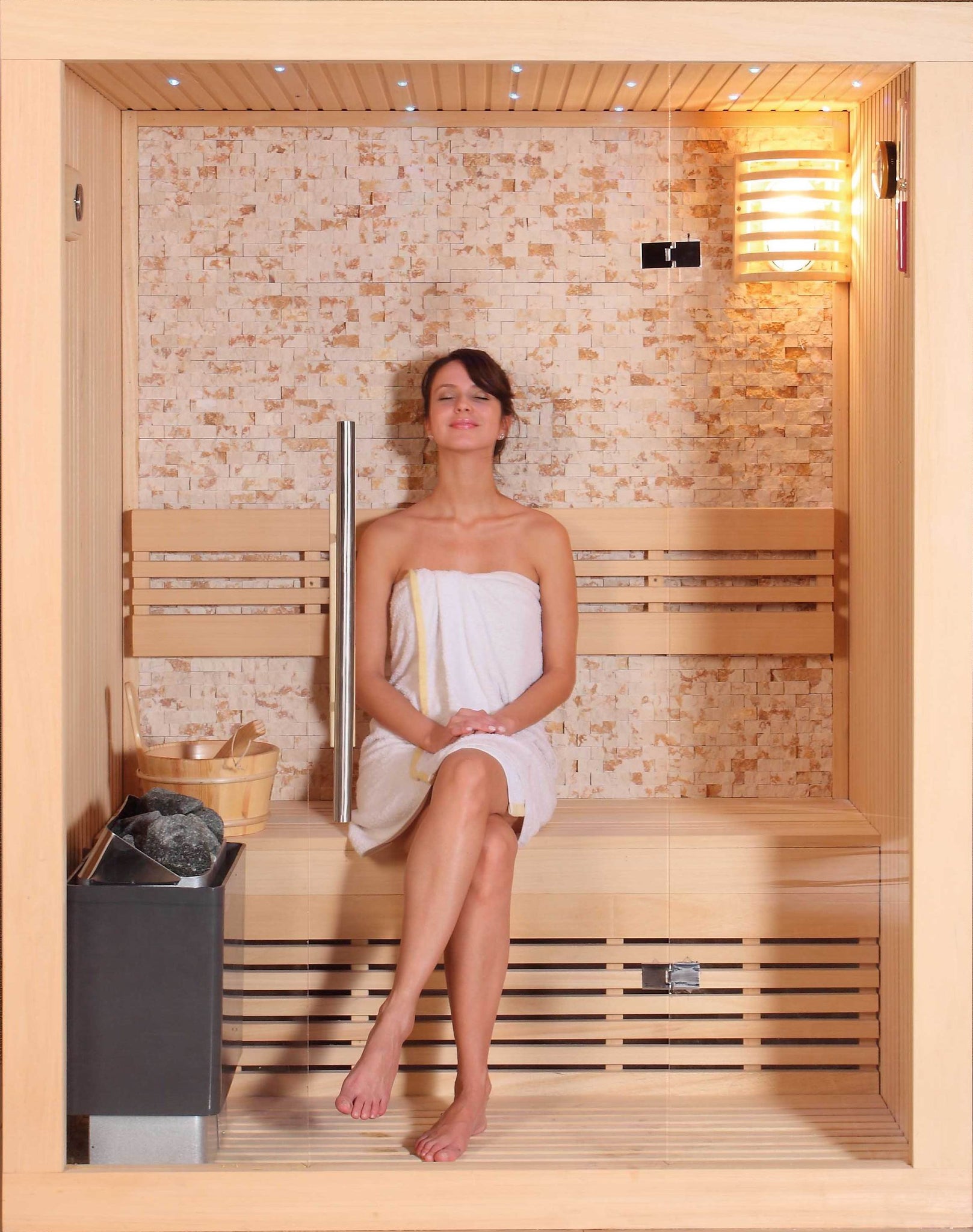The Ultimate Guide To Traditional Sauna
The Ultimate Guide To Traditional Sauna
Blog Article
Not known Facts About Traditional Sauna
Table of ContentsSome Known Facts About Traditional Sauna.A Biased View of Traditional SaunaThe Main Principles Of Traditional Sauna The 5-Minute Rule for Traditional SaunaThe smart Trick of Traditional Sauna That Nobody is Talking About
Many of the weight lost in a sauna is water loss and is re-gained upon rehydrating. Without an uncertainty sauna can be an important part of a healthy weight loss program. To look at the differences between standard and IR saunas, I will divide these right into verifiable, theoretical, and made differences.Thus, the hottest factor in the saunawhich is at the ceiling straight above the sauna heateris usually in between 185 and 190 F. Claims that a conventional sauna goes beyond 200 F is merely not true and not appropriate for electrical saunas marketed in the US. The temperature level for a far-infrared sauna is typically established between 120 and 140 F; however, unlike the typical sauna, the goal in and IR space is not to attain a heat.

When a typical sauna has actually been properly heated, the sauna walls are warm, the air temperature level has attained established temperature and the rocks are extremely heated. As an interesting side note, the warmed walls and the rocks are releasing far-infrared warm, incorporated with the warmed air, to produce an "covering warmth".
Things about Traditional Sauna
When the high temperature level is attained, the aspects cycle on and off to preserve the high temperature level. The majority of traditional sauna users appreciate pouring water over the rocks to create vapor to raise sauna moisture degrees. The advantages of pouring water over the rocks consist of: making the area much more comfy, dampening the nasal passages, and permitting the use of aromatherapy by blending crucial oils with the water.

When the power enters the body, it causes the body temperature to raise and ultimately causes sweating. In an infrared sauna it is necessary for the emitters/heaters to remain on practically constantly. Since there is no mass of rocks to maintain warmth, the sauna will certainly cool down if the emitters closed off.
Traditional Sauna for Dummies
As stated above, the sauna bather in an infrared area wants to place himself before operating emitters to obtain optimal benefit from the warmth. The heating time for both spaces can be really various, depending on just how the areas are utilized. For a conventional sauna, a bather needs to permit 30-40 mins for the room to attain a preferred temperature and to effectively pre-heat the rocks.

A well built sauna will typically attain a temperature level of 150-160 F in about 30-40 mins (Traditional Sauna). For hotter temperatures, the space might need to warmth for a longer period. As soon as the area attains established temperature level, the heater will cycle on and off, normally running concerning 50% of the time. The shielded wall surfaces and the warmed rocks will certainly maintain the Visit Website space warm and at stable temperatures.
To some, 15 minutes was "squandered" while the infrared power warmed the timber panels instead of warming a body, while others find a pre-heated room to be much more comfortable and think an elevated starting temperature level is necessary to begin perspiring. The length of suggested use for every space is around the very same (10-15 mins per session); nonetheless, because of the reduced air temperature levels and the capability to view publisher site really feel the effects of infrared warmth faster than a typical sauna, it is not unusual for a person to spend a total amount of 20-30 minutes in an infrared sauna.
The Greatest Guide To Traditional Sauna

The average expense per kWH of electrical energy in the U.S. is around $0.11, so a 4.5 kW heater will cost around $.50 to compete one hour, if the heater runs constantly for one hour. Commonly a sauna heating system will compete 75% of the initial hour and 50% of succeeding hours on considering that the elements cycle once the set temperature level is accomplished.
A 2 person far-infrared room is typically literally smaller sized than a conventional sauna, usually about 4' x 4' or smaller. The IR heating unit is usually 1.5-1.7 kW using a 120 volt 15 amp plug-in solution. Given that the area can be used quicker than a sauna area, we will presume the area is used for to of an hour consisting of warm up time.
There is a seldom talked about difference in the social experience between that site the two areas. While our culture has shed several of the social advantage of the typical sauna experience, it can be extremely socially fulfilling (Traditional Sauna). From family members time in the sauna, to heart-felt discussions with better halves, to sauna partiesthe traditional sauna experience can lead to intimate mingling
The Traditional Sauna Statements
Many greater end infrared areas consist of colored light treatment, stereo and full-glass fronts. The dimension of most areas permit 2 individuals to conveniently utilize the space, while some designs might enable a third or 4th individual to utilize the area. Personalized infrared spaces are likewise available, with space sizes offered approximately 7' x 8' x 7' high.
Report this page